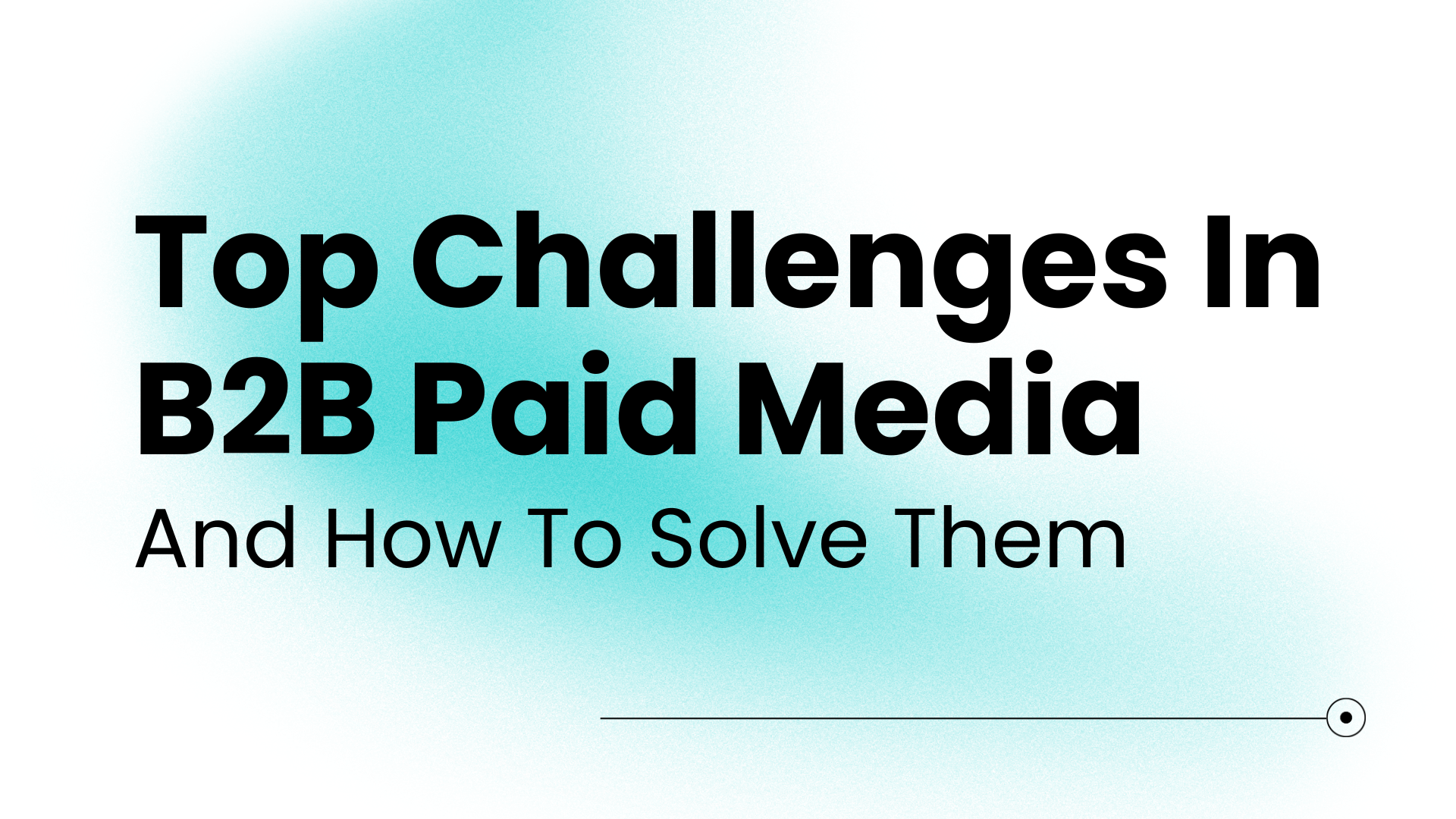Who are you?
We have all heard the saying “you’re not for everyone” but at the end of the day what does that truly mean? Do you even want to be for everyone? Should you be?
Well the short answer is, unfortunately, no. You can’t be - and strategically you shouldn’t be.
It’s human nature to want to be liked. “It takes a village” so they say - and you need a village to be interested in your brand to drive the numbers you need, right? It makes sense.
Let’s pause on that thought for a moment - allow me to ask you a question:
Can you think of one person who you agree with on everything? I mean EVERYTHING. You both like the exact same colors, foods, books, movies, and laugh at the same kinds of jokes - with no variations?
If you can, that’d be a miracle.
Marketing your brand is much the same. Some people will like your brand and others won’t - which makes sense given the natural variation in human interest. By trying to marketing across all categories you’ll limit the potential impact on those who might actually truly like with your brand and drive authentic engagement.
Simply: Marketing to EVERYONE markets to no one.
Understanding that you’re not for everyone can be both liberating and daunting. It allows you the freedom to be authentic and true to your brand without worrying about pleasing everyone, but it also means that rejection is inevitable.
So how are you expected to build a brand, or brand loyalty if you know that rejection is inevitable? You WANT people to like you, your product, or your mission. It comes from a true understanding of who you are (as a brand), what you do best, the problems you solve, and more than anything else:who your brand is for.
It is a crucial part of your brand build, that you conduct appropriate omnichannel research to establish who your core target audiences are, and are not. Don’t assume anything - look at the data.
We falter when we assume that our product and service is for everyone, and as nice as it sounds, it’s just never the case.
Stop being generic when you can be outstanding.
Identify Who You are For
What is a target audience, and how do you find yours?
A target audience is the specific group of people you want to reach with your marketing message, they are the people who are most likely to buy your products or services, and they are identified by some common characteristics like job titles and historical background. We combine these traits into something called a customer persona, which acts as a placeholder for your ideal customer.
The better you truly understand your target market and your ideal customer, the more likely you will be able to focus your marketing efforts to reach the right audience with the right message and at the right time to drive conversions. This builds on itself to create long-term customers and create brand longevity.
The more clearly defined your target market is, the better you can understand how, and where to reach your ideal potential customers. Understanding this will help drive your conversion rate and the return on investment of your marketing dollars.
This is where the fear of rejection starts to set in; I see brands constantly falter when they try to be broad, let go of the fear of being incredibly specific. This is all about targeting your marketing efforts effectively, not stopping people from purchasing your product or service. People who are not included in your target market, can still purchase your product or service, we’re just not gonna pay for their acquisition.
Your target market should be based on research, not a gut feeling or an assumption, you need to go after the people who really want to buy from you remember it’s not about being all things to all people.
How to define your target market:
To define our target markets we need to compile data on our current customer base. A great first step is identifying who is already buying and using your products or services. Once you understand the defining characteristics of your existing customer base you can go after more people like that. Your CRM is going to be your ultimate gold mine, combined with Google Analytics and UTM parameters; this will provide you with all the information that you could need about your current clients to start to define your target markets and ideal customer personas (ICPs).
Some points you might want to consider include…
5 Things to include in your ideal customer persona
-
Age - different generations have different spending habits
-
Job title - this can help you understand tone and language complexity for content and ads
-
Location - we can target paid efforts to location but also consider things like seasonality and economy which impact revenue
-
Annual income - different economic brackets are impacted by different concerns and buying decisions
-
Language - are you missing an opportunity by not targeting a multilingual market OR are you using the language that best resonates with your customers?
If you’re working in business to business….
4 questions to ask when building a business customer persona
-
What is the size of the business?
-
Who makes the buying decisions (job titles)?
-
Who is actually going to be your advocate?
-
Who are the internal stakeholders you’re going to also need to connect with?
From there, it’s always about clarifying the value of your product and service. You can list the features of your product all day long, but no one will be convinced to buy from you unless you can actually explain the true benefits and whitespace of your brand or product compared to everyone else.
This is where I always turn to reviews: listen to the people who are telling you that you do well, or you don’t do well, and move from a place of that knowledge.
Everything should come from a place of knowledge with data, then from there, curate, your ideal target market statement, your statement should connect to your core audience. It should identify who and what you are and make it crystal clear that you are the best at what you do.
How Do I Resonate?
Creating a customer-centric marketing strategy involves developing a plan that places the customers at the center of all marketing decisions.
Why have a customer-centric marketing strategy?
The purpose of a customer-centric strategy is to ensure that the company's messaging resonates, resulting in lower acquisition costs and greater success. A customer-centric strategy should leverage data analytics tools to understand customer behavior and predict future buying patterns, then use these learnings to personalize the marketing. Utilizing personalized marketing in our customer-centric strategy enables companies to deliver targeted messages to specific customers based on their interests, demographics, and behavior. This approach can help to increase customer engagement, improve conversion rates, and boost customer loyalty.
And I know that that sounds daunting and exhausting. (That’s what we’re here for!) But we don’t want to aim to make generalized statements that you think will land. That’s risky and, frankly, a waste of money.
Data-supported customer-centric marketing helps to eliminate that risk. The answer is straight forward: talk to your customers, or employees who are customer-facing and listen to their input. Listen for what they identify as the advantages that your business has that others don’t, the language that they use to talk about your business and industry, and the pain points they self-identify.
Now that we have identified who we want to market to, and how we need to speak to them through personalization, we need to analyze where to build these connections. Effective use of different digital channels can improve the customer experience, foster trust, and increase brand loyalty. Once again, looking through historical data and market data to see where our target customers are spending their time, making business and purchasing decisions, and engaging will help you pinpoint what platforms to use.
When I tend to see brands truly succeed, it’s when they strive and achieve a true brand voice, knowing who they are, and who they are for. Ok so how do you achieve that? It comes from a deep understanding through the analysis of data. When you look at data, you can see who utilizes the actual product or the service, and then you can analyze to see who remains a customer long-term and who churns.
How to measure the success of your marketing strategy
The success of a customer-centric marketing strategy can be measured through various metrics that aide in analyzing the effectiveness of the marketing efforts towards customer satisfaction and retention. These metrics include:
- Net Promoter Score (NPS): NPS gauges if customers would recommend a brand to others and typically how a client feels about a brand. This is a great indicator of customer loyalty, and their willingness to advocate for the brand.
- Repeat Purchase Rate: This metric measures the percentage of customers who make multiple purchases. It helps gauge the stickiness of the brand amongst its customer base.
- Life Time Value (LTV): The LTV metric calculates the total value a customer represents over the course of their relationship with the brand, encompassing all purchases and expected future revenue streams.
- Customer Engagement Metrics: These include the number of customer interactions with the brand, such as clicks, likes, shares, comments, etc.
These metrics together provide a comprehensive view of the effectiveness of the marketing strategy and help identify areas that require improvement. It is essential to use analytics to make data-driven decisions when implementing a customer-centric strategy. By analyzing metrics, a business can optimize and tailor their customer-centric approach.
When businesses effectively analyze the customer data, they gain insights into customer behavior and preferences. They can identify patterns, provide segmentation opportunities and predict future customer trends. Adjustments in the marketing strategy should be made based on feedback from metrics and analytical tools. The data should drive any changes that need to be made to the customer-centric marketing strategy.
When you are for Everyone, You are for no One
In conclusion, when you start striving to people please you end up losing everyone because you are not truly connecting with the people that matter.
So instead start to strive for a true deep understanding of your product and space through the eyes of your customer. By doing this you can curate true connection to others, ensure brand longevity and success through data driven fine tuning, and keeping everything truly customer-centric.
Why risk paying to market to someone who does not fit the longevity of your business? By using a customer-centric evidence-based omnichannel marketing strategy you can build the longevity of your brand. The result: intensely loyal customers that drive your product or service forward and build the long-term success of your brand.
Interested in learning more about how to identify and engage with your target market? Let's chat!
Want more posts like this? Subscribe to the Seer Newsletter:



